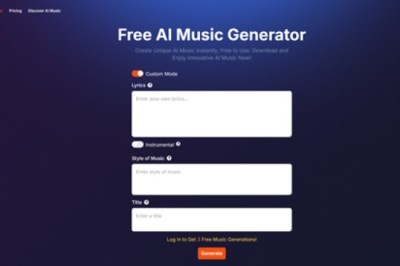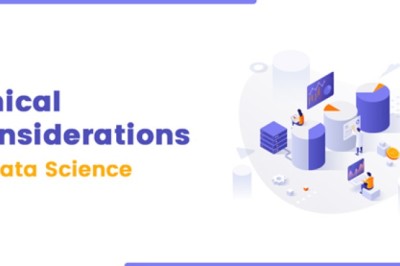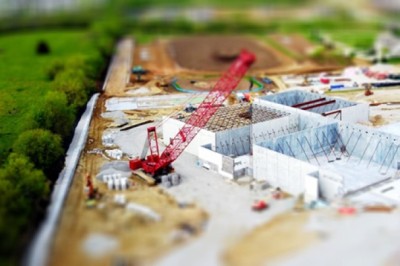views

https://images.pexels.com/photos/230544/pexels-photo-230544.jpeg
There have been many discussions about this topic: Headless e-commerce. Many businesses are also trying to understand what this technology is and how they can integrate it with their business. Despite the discussions and misunderstandings of what technology is, it is going to revolutionize the business world big-time. Therefore, what is headless e-commerce and what are it's benefits?
There are many benefits that businesses can reap by implementing headless e-commerce into their operations. In this article, we will take you through what the technology is all about and some of its benefits.
How can businesses ensure a successful headless e-commerce implementation?
There are certain best practices that businesses can follow to increase their chances of success.
First and foremost, it is important to have a clear understanding of what headless e-commerce entails, and what benefits it can offer your business. Once you have a good grasp of the concept, you can start planning your implementation strategy.
It is also crucial to choose the right technology platform for your headless e-commerce solution. The platform you choose should be able to support the specific needs of your business, and it should be scalable, so that you can easily add new features and functionality as your business grows.
How does headless e-commerce differ from traditional e-commerce solutions?
Headless e-commerce is a decoupled architecture that separates the frontend “head” from the backend “body” of an application. This means that the frontend can be built using any programming language or framework, while the backend uses a different language or framework.
The main advantage of this approach is that it allows for greater flexibility and scalability as compared to traditional ones. For example, if you need to make changes to the frontend, you can do so without affecting the backend. This is not possible with traditional e-commerce solutions, which are tightly coupled.
Another difference of headless e-commerce is that it makes it easier to integrate with third-party applications and services. For example, you might want to use a different payment gateway than the one provided by your e-commerce platform. With a headless solution, this is easily achievable.
The major challenge of headless e-commerce is that it can be more complex to set up and manage than traditional solutions. This is because you need to maintain two separate codebases (one for the frontend and one for the backend) and ensure that they work together seamlessly.
How can headless e-commerce benefit businesses?
A headless commerce strategy separates the user interface from the underlying technology. Since the underlying technology and architecture won't be affected, updating the user interface is a less hazardous proposition.
Developing complete business logic and back end services may be a time and money sink when making bespoke software. With a headless commerce platform, you can skip the middleman and get straight to the finished product, where you can devote your time and resources to improving the customer experience and bringing in a more affordable, faster solution.
With the use of an API, headless commerce offers a means of linking and exposing resources. The use of APIs facilitates the sharing of information across disparate systems and the sharing of resources.
To sum up, headless e-commerce can provide better user experiences and greater flexibility for businesses.






















Comments
0 comment